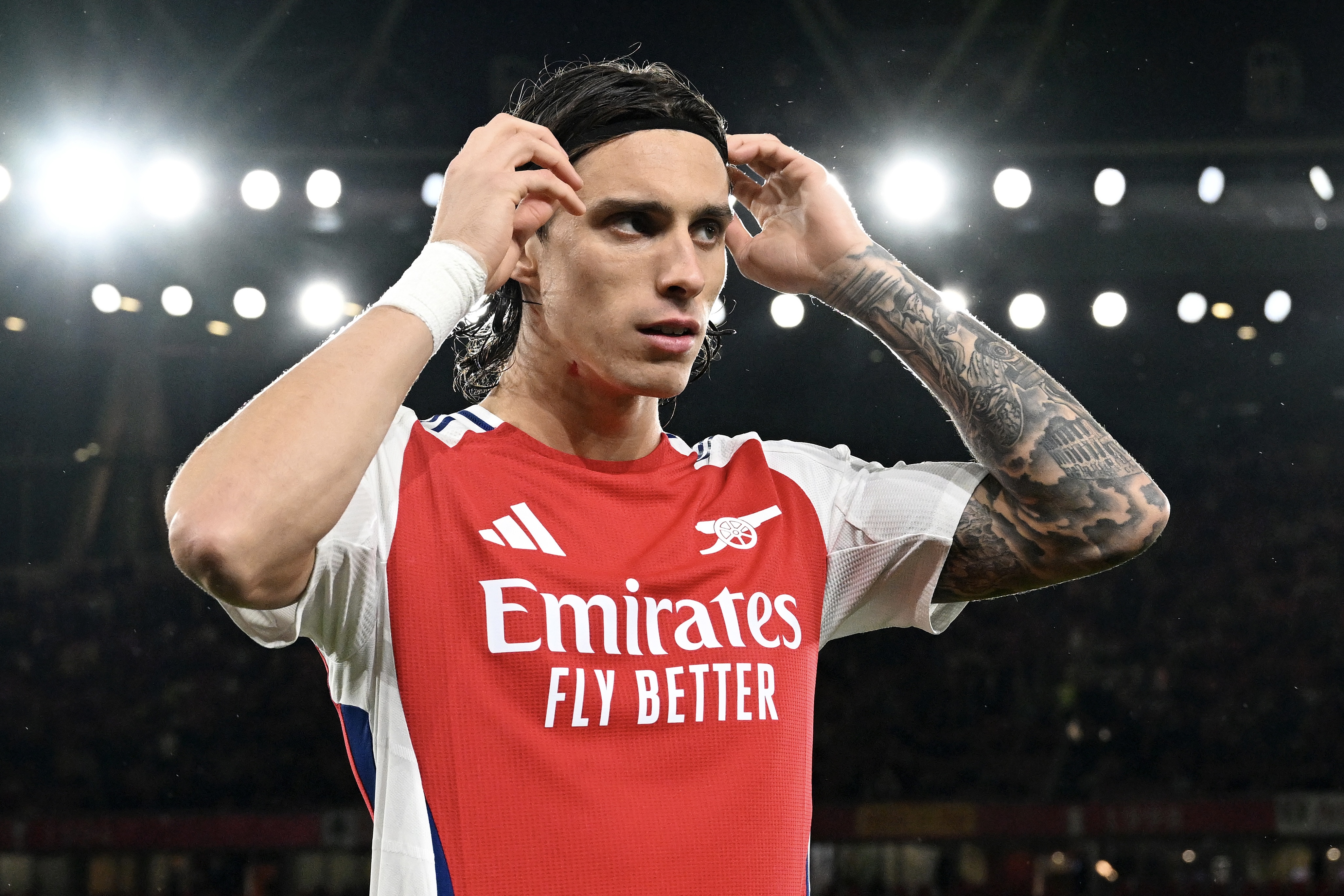Last year was one of the most momentous and newsworthy 12 months for football in our lifetimes – but every great story or success also came with a question that demonstrated how much change we still need to see.
Argentina and France might have given us the greatest game of football we've ever seen, but FIFA's silencing of protest in Qatar undermined so much of the social and cultural campaign work players have undertaken in recent years. The Lionesses gave us a historic summer and became European champions, but an all-white starting XI in every game raised overdue questions about diversity and inclusivity within the women's game. Off the pitch, AC Milan and Off-White linked up for one of the most exciting fashion collaborations in football but question marks remain around how this space evolves to deliver creative freedom to brands, and value to fans, hand-in-hand.
Culturally and socially, football continues to be a place of immense change – but that doesn't mean we should stop fighting for progress.
The VERSUS editorial team looks at five things we need to see from the game in 2023 to make the sport a better place for all.
1. Racial Equality in Women’s Football
England named three mixed-Black heritage players in their Euros winning campaign last summer, but fielded an all-white starting XI in every single match they played. According to the PFA, just 9.7% of footballers in the elite women’s game are from diverse ethnic backgrounds, compared to 43% in the Premier League. Some of the game’s biggest names – including Eniola Aluko, Anita Asante and Ian Wright – have already called out the lack of ethnic diversity within women’s football, but we should not depend on those with lived experience to shoulder the responsibility of pushing for change.
We must demand more from players, clubs, brands, media outlets and governing bodies if football is to become a truly representative and inclusive space. It starts by acknowledging there is a problem and engaging in conversations (something governing bodies have shied away from for too long) before enacting pragmatic, effective decisions that can evoke long lasting impact. It is no longer ‘good enough’ for comments and actions that stem from systemic racism to be deemed as ‘ill informed’ or ‘uneducated’. Women’s football has a diversity problem, and we need to change that.
Words: @amiloucri


.svg)













.jpg)







.jpg)


















%202.jpg)


%20copy-2.jpg)






%202.jpg)




































.jpg)

.jpg)



.png)


.jpg)

.jpg)
.jpg)

.jpg)






.jpg)













.jpg)


%20(1).jpg)
.jpg)

.jpg)




































.jpg)










.jpg)



.jpg)
.jpg)




.jpg)















